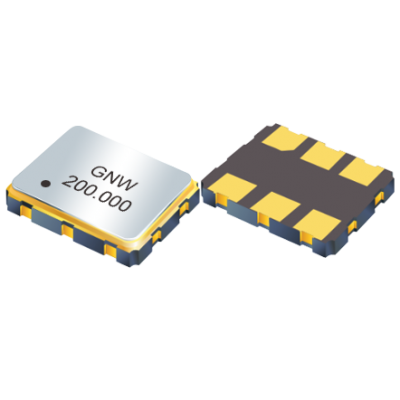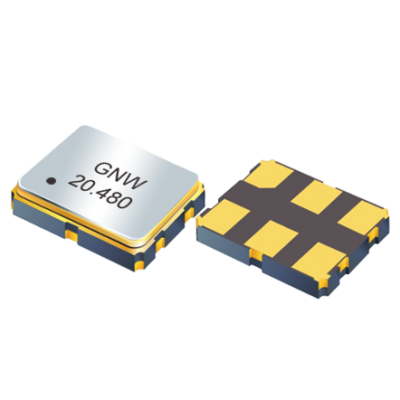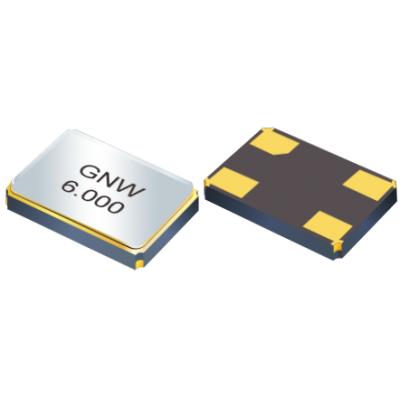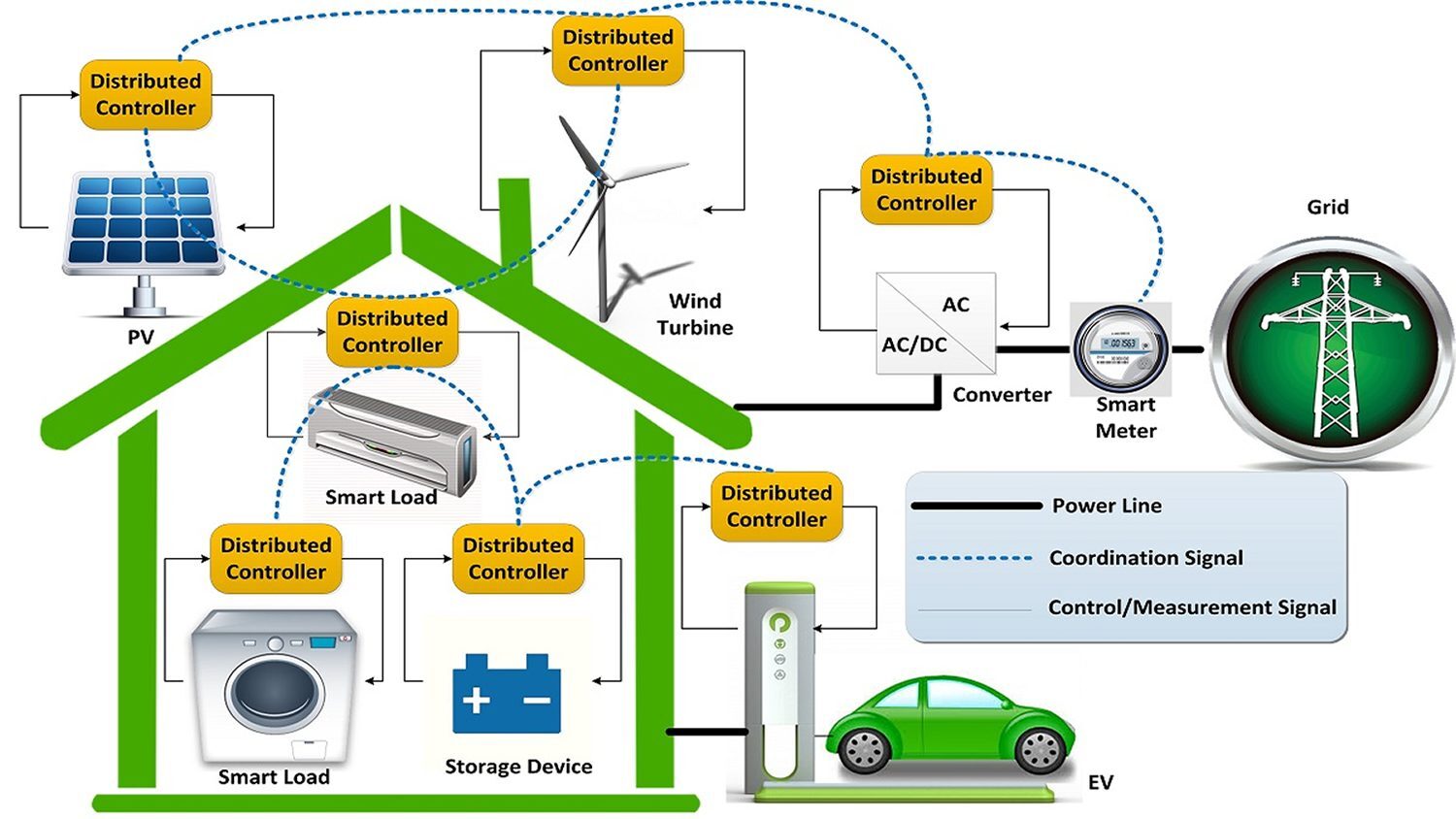
What is a Home Energy Management System?
If you’re looking to optimize your electricity, use or improve energy efficiency, you may have heard of a home energy management system (HEMS). A home energy management system is an information gathering system that’s meant to improve energy efficiency by:
![]() Analyzing data on energy use
Analyzing data on energy use
![]() Monitoring energy requirements
Monitoring energy requirements
![]() Measuring energy consumption for individual home components and appliances
Measuring energy consumption for individual home components and appliances
![]() Coordinating the operation of various appliances, solar panels and other devices
Coordinating the operation of various appliances, solar panels and other devices
![]() Automating systems for optimal energy consumption
Automating systems for optimal energy consumption
![]() Syncing with smart home devices to manage use
Syncing with smart home devices to manage use
![]() Managing backup power and home batteries
Managing backup power and home batteries
![]() Syncing with the local utility to gauge energy demand.
Syncing with the local utility to gauge energy demand.
Home energy management systems don’t just provide insight on how many kilowatt-hours are needed to run a house. And they do more than reduce energy use and in turn lower utility bills by at least 5-10%. They also help people utilize energy in a more efficient way, which makes energy use more sustainable all around and eases the stress on electric grids. And as homes get smarter, a HEMS can potentially help increase the lifespan of connected appliances.
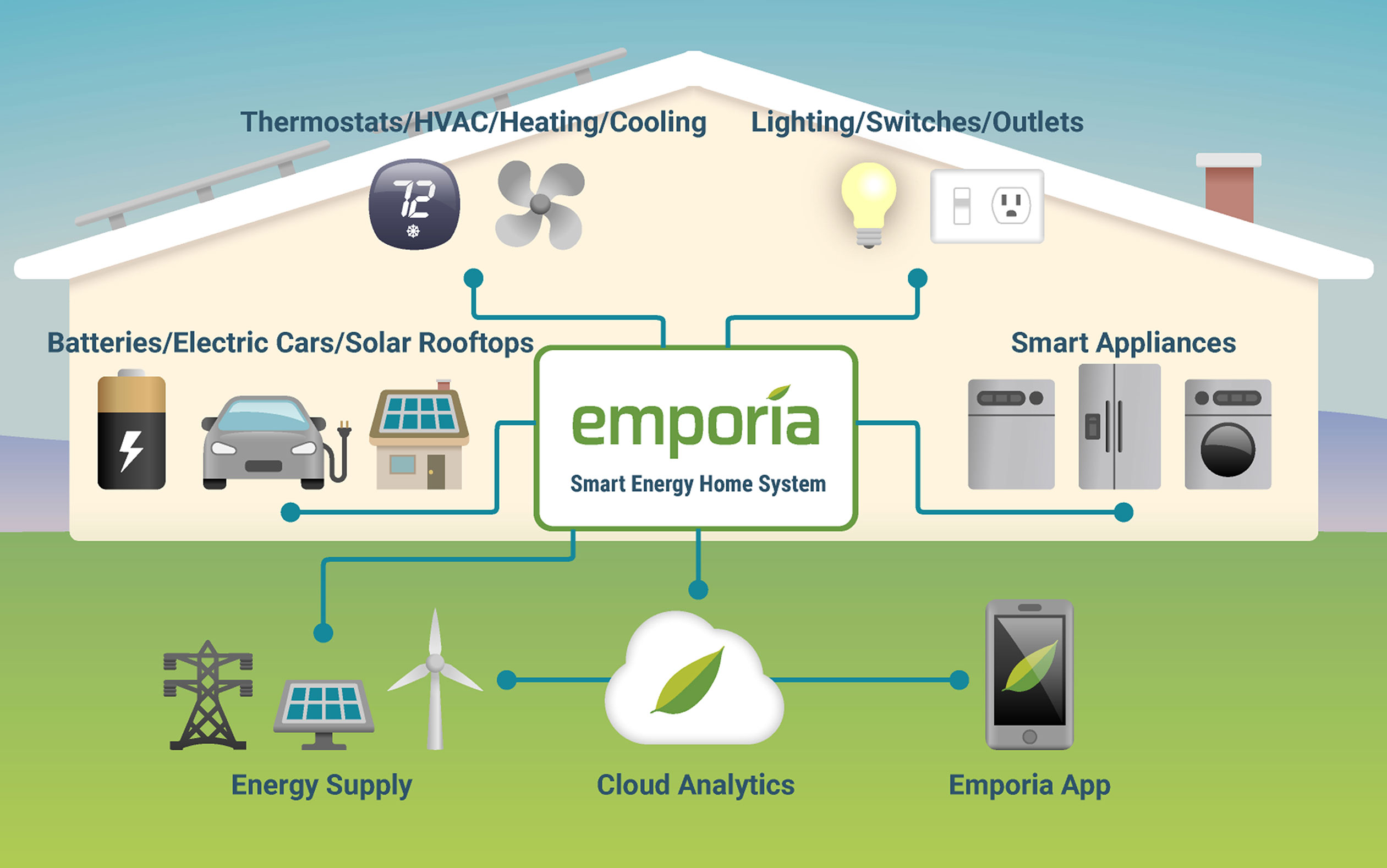
Components of a Home Energy Management System
There are a lot of different home energy management systems, but they all have some similar components. In particular, three components are absolutely necessary for the operation of a HEMS.
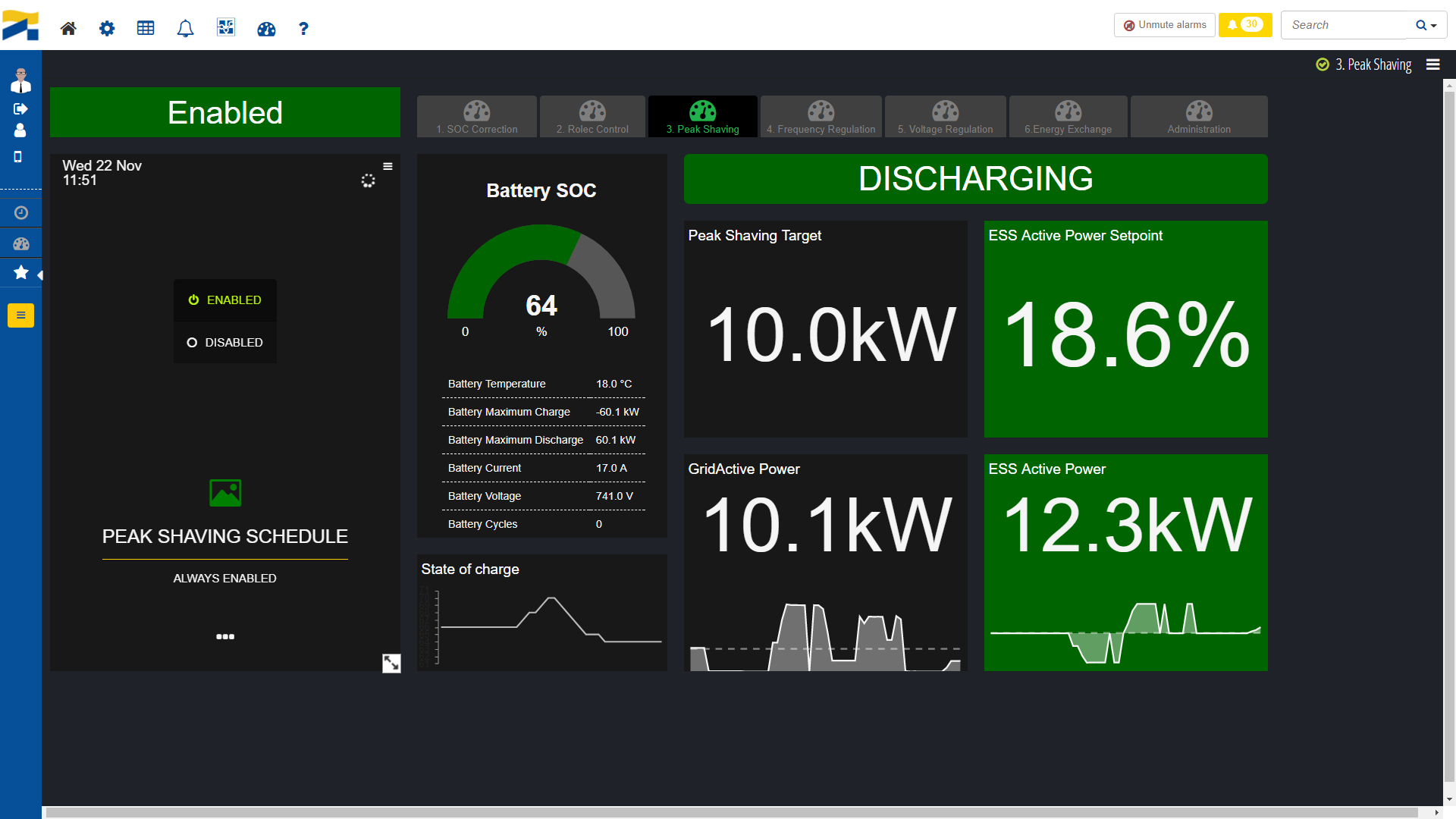
Hub
The hub is the heart of the home energy management system. The device hooks up to the electric panel in order to read the data from the house. The hub then relays the data to the software so the information can be seen by an end user.
Software

The software takes in the data from the hub so that it’s readable and actionable for the homeowner. It can be accessed either by an online account or app.
Internet-Connected Device
The hub and software do the heavy lifting, but without an internet-connected device to sync up to the software you won’t get much use out of a home energy management system.


